Oriental Mindoro’s vital calamansi industry is receiving strategic support through new development projects aimed at strengthening both production and market access.
The Southeast Asian Regional Center for Graduate Study and Research in Agriculture (Searca) has revealed details of two major projects during a recent visit by agriculture students to its headquarters in Los Baños, Laguna.
The projects focus on upgrading the calamansi value chain and providing technical assistance to the citrus fruit industry, which accounts for 99% of MIMAROPA region’s output and 59% of national production.
“These projects directly address technical and market constraints while helping develop an industry roadmap,” said Anna Gale Vallez, program specialist at Searca’s Research and Thought Leadership Department.
The projects come at a crucial time, as the province’s calamansi sector has seen production swings.
Output reached 1,391 metric tons in early 2024, marking a 169% increase from the previous year.
However, the industry faces ongoing obstacles including oversupply during peak seasons and declining farmland, which has dropped from 2,105 to 884 hectares over recent years.
The development program was presented to 17 students and three trainers from BB Agriventures OPC Farm School, which provides national certification in agricultural entrepreneurship through the Technical Education and Skills Development Authority.
As part of agricultural innovation efforts, the visitors also toured Searca’s Hub for Agriculture and Rural Innovation museum at the University of the Philippines Los Baños campus.
Oriental Mindoro, dubbed the “Calamansi King” of the Philippines, supplies 59% of the nation’s calamansi.
In 2023, production surged to 678 metric tons (Q4) and 1,391 metric tons (Q1 2024), up 169.2% year-on-year.
However, land dedicated to cultivation has shrunk from 2,105 hectares (2012) to 884 hectares lately due to oversupply issues and low farmgate prices.
Oriental Mindoro exports roughly 170 metric tons annually to Hong Kong and the UAE.
Future strategies prioritize expanding markets, adopting climate-resilient practices, and boosting community engagement through education.
The provincial government’s calamansi industry roadmap, developed with Searca, focuses on value chain upgrades, including processing and marketing infrastructure.


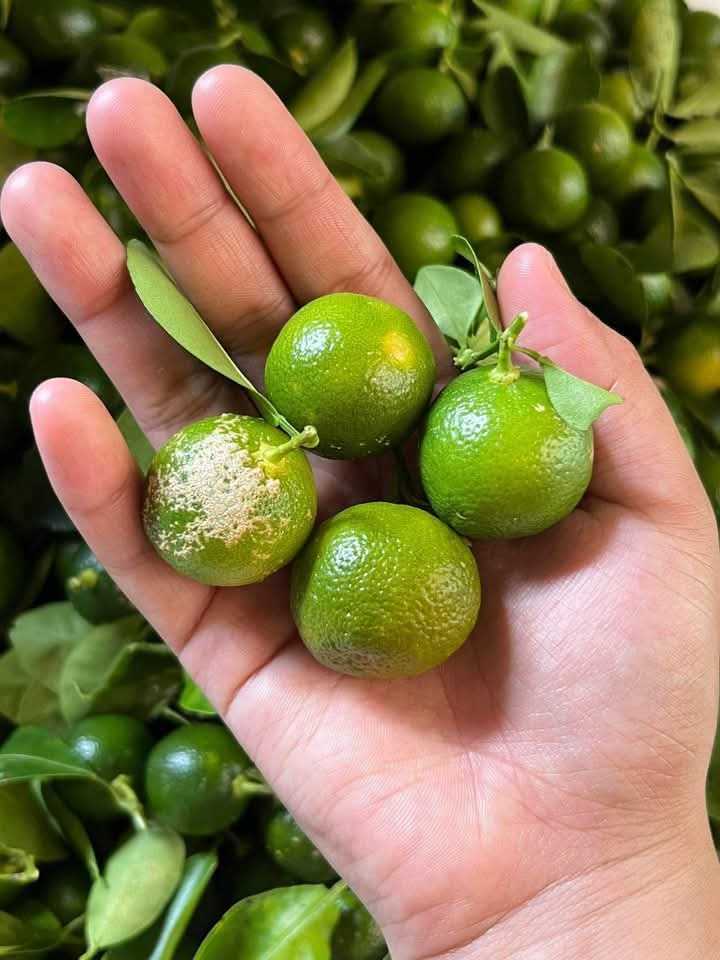

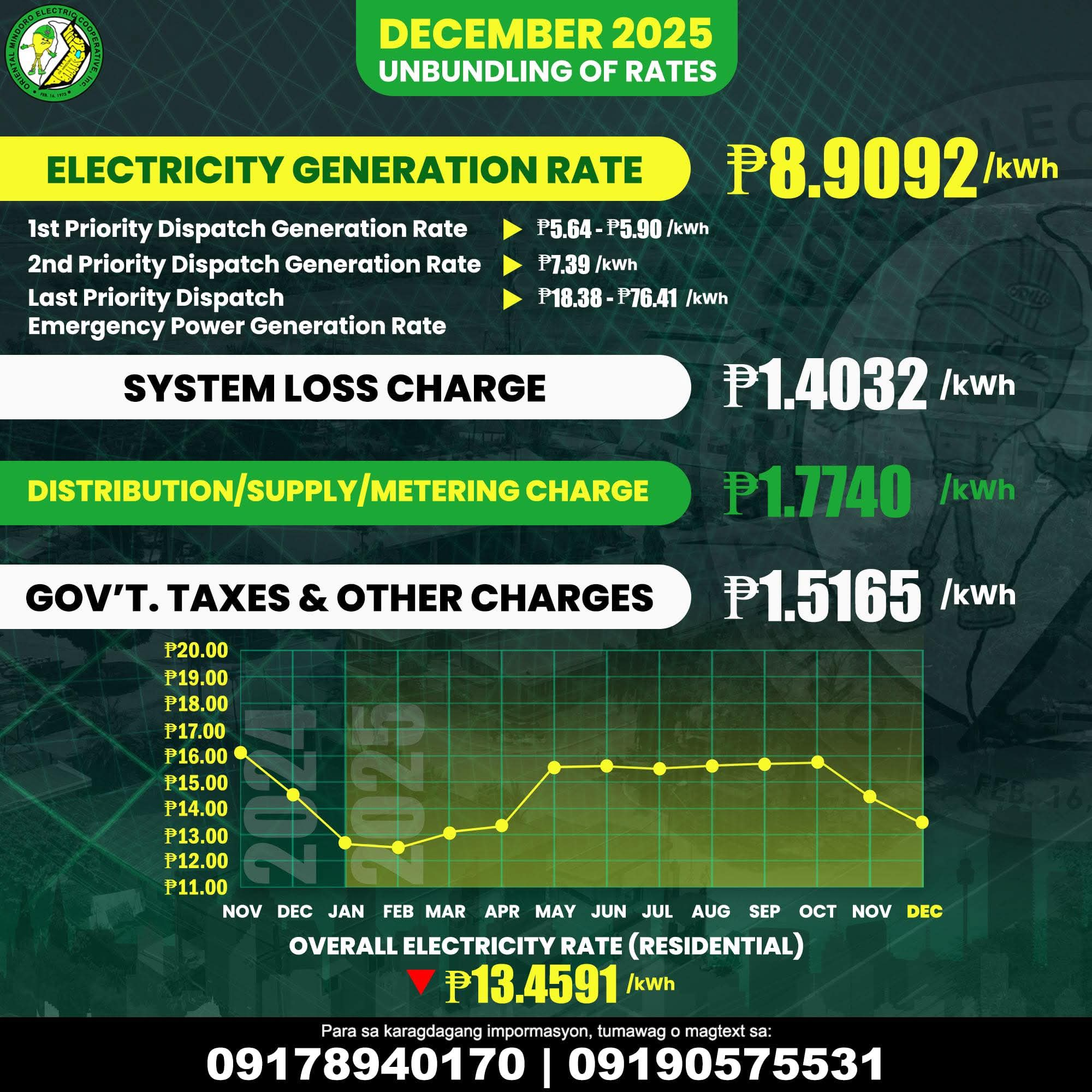
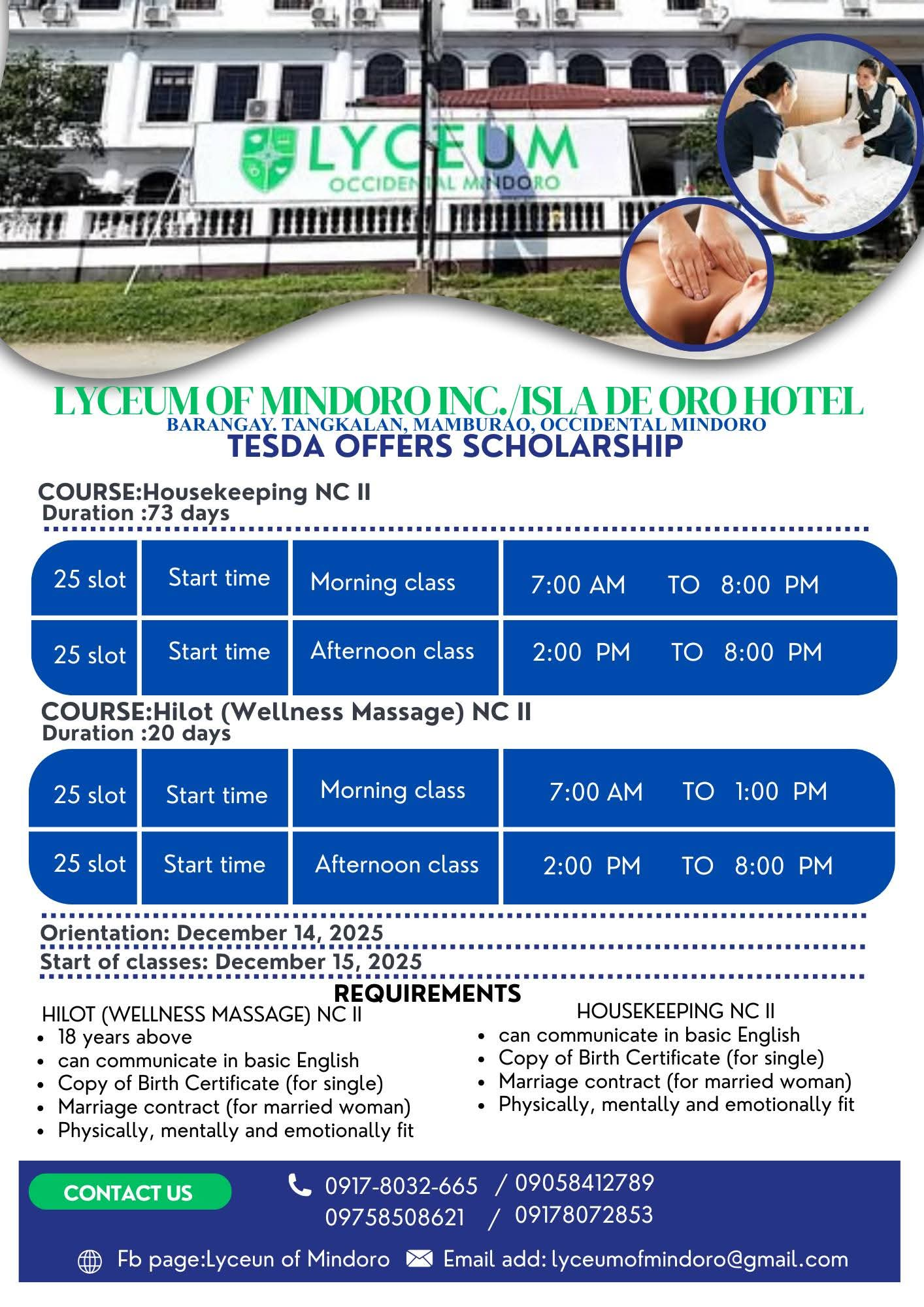
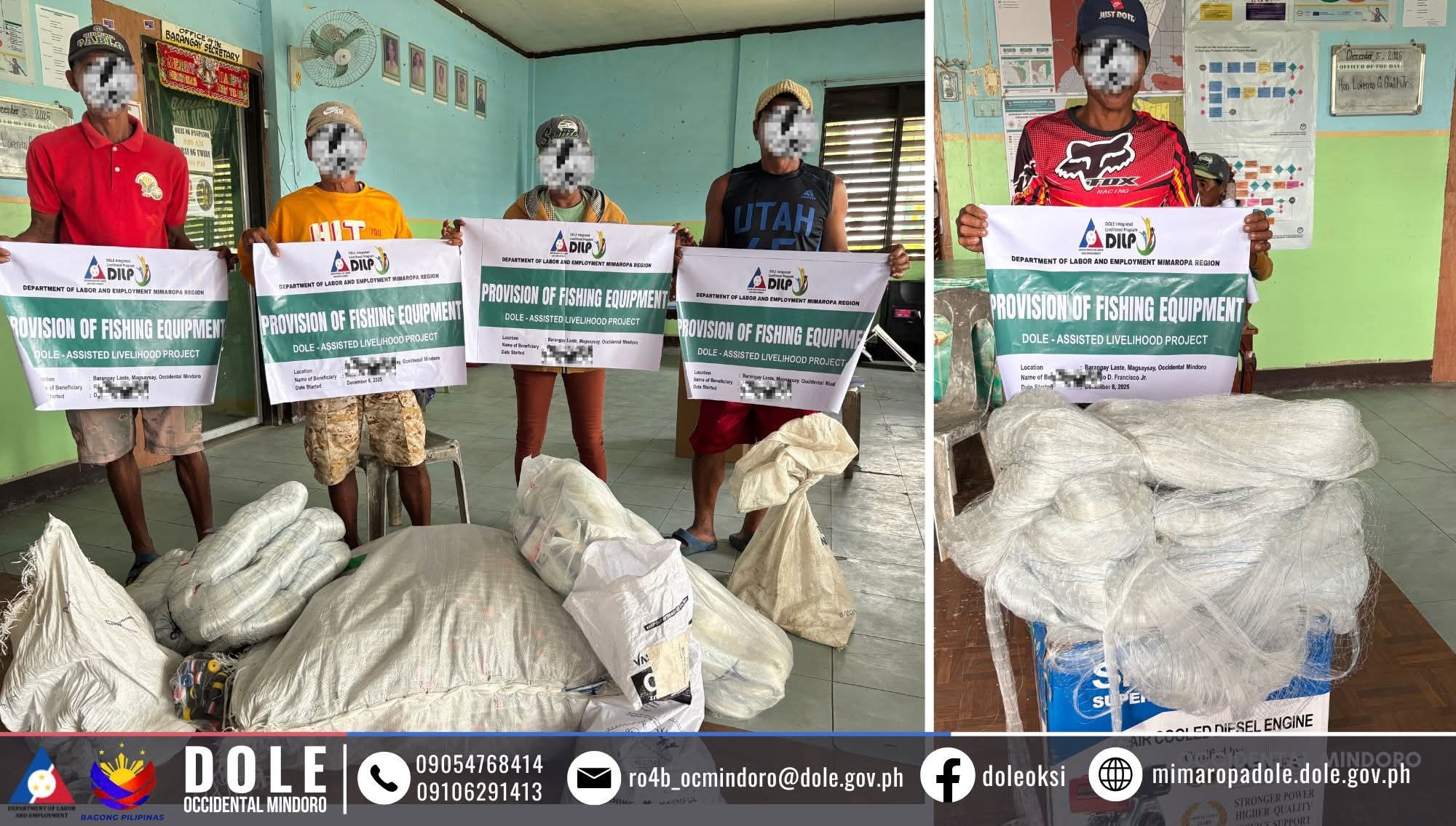

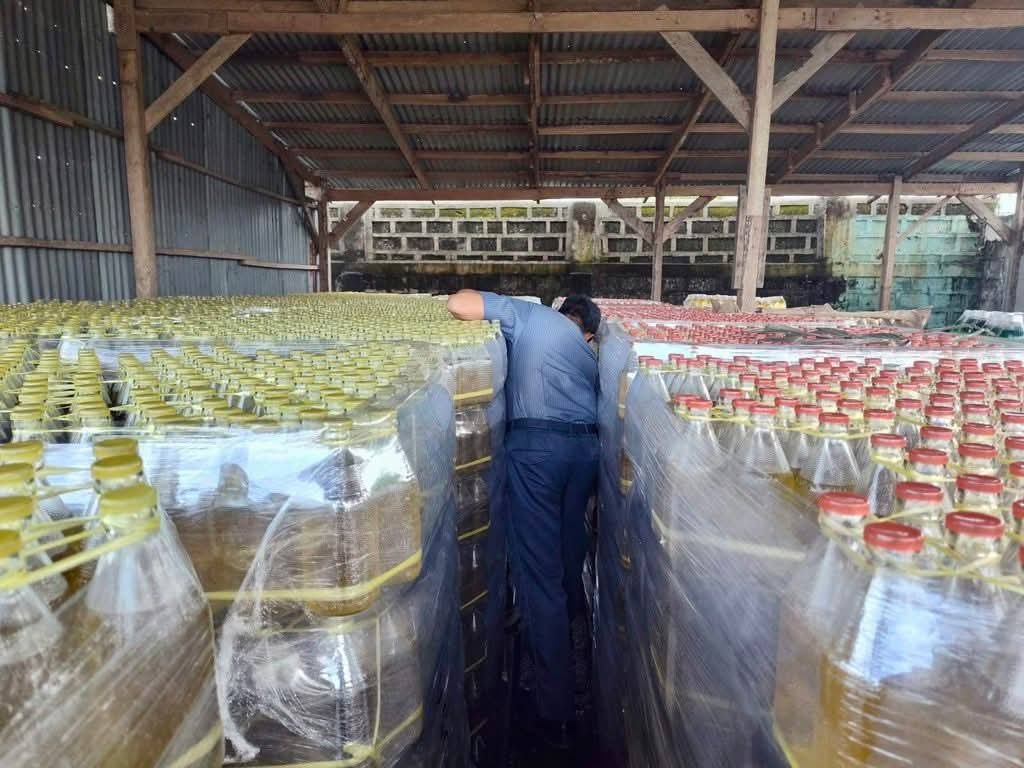
Write Your Comment